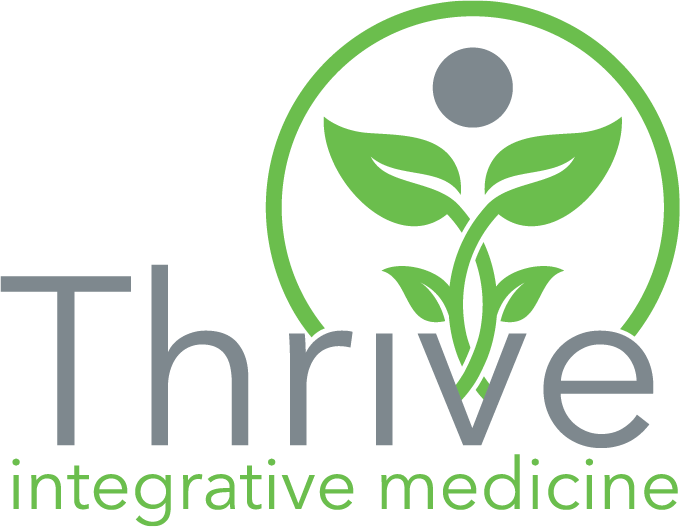Understanding more about food labeling
“Organic”, “Natural”, “Free-range”, “Hormone-free”, “Grass-fed”, “Fair trade”… We hear these terms all the time, see them in the grocery store, and maybe even seek them out. But what do they really mean, what’s the difference, and what exactly is all the hype about?
Well, let’s start with some definitions; (The terms below are defined and regulated by the United States Division of Agriculture or USDA)
Natural= A product containing no artificial ingredient or added color and is only minimally processed (a process which does not fundamentally alter the raw product).
Free-range= The chicken/poultry has been allowed access to the outside.
Hormone-free= The animal has been raised without the use of hormones. This term only pertains to beef as the use of hormones is prohibited in raising poultry and pork.
Antibiotic-free= The animal has been raised entirely free of antibiotics. This pertains to both red-meat and poultry.
Grass-fed= Although the USDA has not adopted an official definition, the term ‘grass fed’ beef generally means; beef from cattle that have eaten only grass or forage throughout their lives, however some producers do call their beef grass fed if they are grain fed yet “finish” the animals on grass for the last 90 to 160 days before slaughter. Grass-fed is not the same as grass-finished.
Organic= Organic agricultural products are prohibited from using most conventional pesticides, petroleum-based fertilizers, sewage sludge-based fertilizers, genetic engineering, and ionizing radiation. Animals raised on an organic operation must be fed organic feed and given access to the outdoors. They are given no antibiotics or growth hormones.
Processed foods that have multiple ingredients may be labeled as organic if 95% of the ingredients are organic. If all the ingredients are organic, they’ll be sure to tell you by adding a label that says 100% Organic. If the package or label says “made with organic ingredients” it must have more than 70% organic ingredients while the remaining 30% can be non-organic. The Environmental working group has created a searchable database that rates foods based on nutrition, ingredients, and processing. It is important to keep in mind that not all farms that practice organic farming are certified as such. This is common of smaller farms (CSA’s and small local produce stands) where the cost and time requirements (5-8 years chemical free) for certification is just too high. If you’re not sure, just ask the farmer and they’ll tell you how they raise their animals and grow their crops.
Why is any of this important? In short, the excess of hormones (particularly growth hormone) in our food may contribute to early onset of puberty, menstrual irregularities, and other hormonal abnormalities. The type of fat found in grain fed animals is different (and worse for you) than the fat in grass fed meat. The surplus of antibiotics in our meat contributes to antibiotic resistant “super bugs” in both humans and animals. This creates bacterial infections that can more easily evade the immune system and are increasingly more difficult to treat even with high potency prescription medication. Ionizing radiation and genetic modification alter the chemical structure of foods rendering them less nutritious and in some cases potentially harmful or allergenic in people who are susceptible.
Check out the environmental working group’s Dirty Dozen and Clean 15 lists which help prioritize which fruits and veggies are the most important to buy organic.
An Organic label will ensure all the others are also true.
So shop smart, eat well, and stay healthy!
~ Dr. Laing
For more information:
Check out the USDA’s fact sheet
Score the foods you eat here (by the environmental working group)
Get the Dirty Dozen app here (by the environmental working group)
